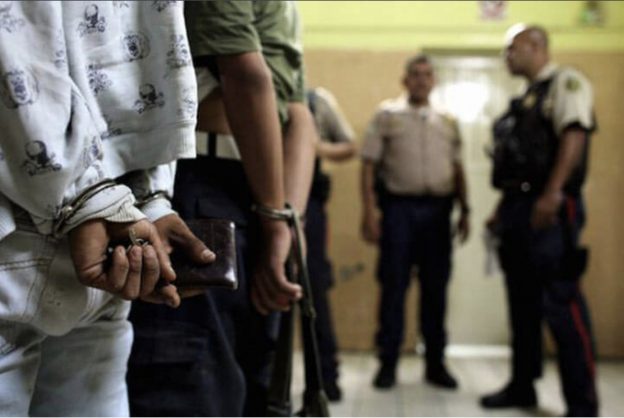Zero Tolerance Policies:
Zero tolerance policies were first implemented to respond to gun violence in schools (Aldridge, 2018) (Nance, 2016). They have since morphed to include predetermined punishments for a multitude of behavioral infractions including drug possession, tardiness, and dress-code violations (Nance, 2016). Predetermined consequences include detention, suspension, and expulsion. Zero tolerance policies disproportionately affect Black students and students with disabilities.
Disparities:
According to Sarah Aldridge…
Nationally: Compared to their white counterparts…
Black boys are 3x more likely to receive suspensions
Black girls are 6x more likely to receive suspensions
Racial stereotypes are exacerbated through these policies. They play into the ‘loud and defiant’ Black girl and the ‘overly aggressive’ Black boy. Currently, Black girls are the fastest growing population in the juvenile court system (Aldridge 2018). The Black population being reprimanded overwhelming come from low-income neighborhoods and are constantly subjected to racism outside the classroom. Students who experienced just one suspension in their first year of high school have double the risk in failing an academic course (Mallet, 2016), and subsequently, a student’s risk of dropping out is greatly increased if they are forced to repeat a grade level (Mallet, 2016).
Students with disabilities are 3x more to receive suspensions
The combination of race, gender, and ability dramatically increase the student’s chances of being suspended.
School Resource Officers (SROs):
Schools have school resource officers but no counselors. School resources officers have vague job descriptions that do not specify the degree to which they are involved in student discipline. SROs have a great deal of influence in referring students to the juvenile court system. They play heavily into racial stereotypes which results in higher referrals for Black students to the juvenile court system.

